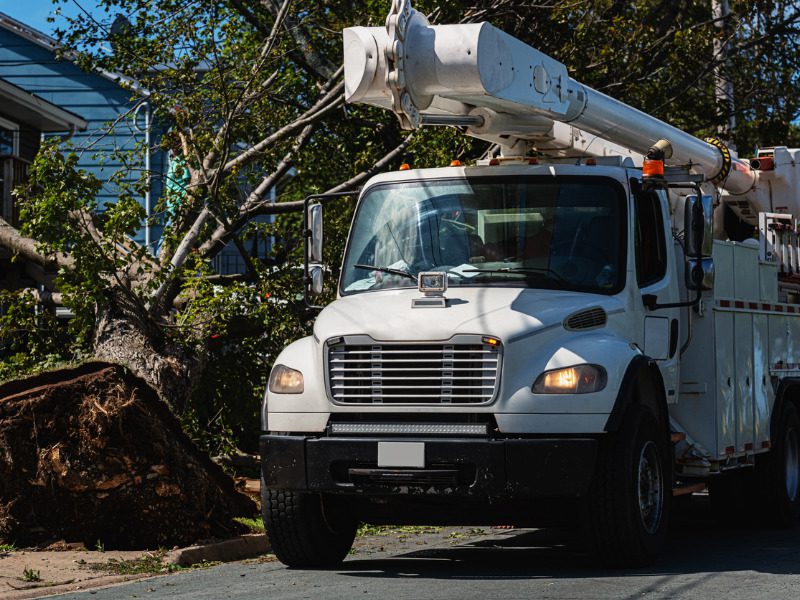How will this year’s hurricane season play out?

Hurricane researchers have slightly reduced their forecast totals for this year’s hurricane season, but still anticipate above-normal activity for the seventh consecutive season.
The National Oceanic and Atmospheric Administration (NOAA) in the United States trimmed their Atlantic hurricane predictions to a 60% chance of an above-normal season (from 65%), with 14-20 named storms, six to 10 hurricanes, and three to five major hurricanes (Category 3+) between June and November.
Colorado State University (CSU) researchers now call for 18 named storms, eight hurricanes and four major hurricanes (down from 19, nine hurricanes and the same amount of major hurricanes from their April report). This includes the three named storms that have already formed in 2022 (Alex, Bonnie, and Colin).
Between 1991 and 2020, the average season had 14 named storms, with seven becoming hurricanes and three of those being major, according to NOAA. There were 21 named storms last year, a record 30 in 2020 and 18 in 2019.
However, NOAA cautions that above or below-average hurricane season forecasts are often a poor predictor of seasonal economic or insured losses. “Landfall location, intensity, and coastal/inland storm behaviour are the predominant loss correlation drivers.”
In Canada, hurricanes typically impact Atlantic Canada as post-tropical storms. Hurricanes Dorian and Larry were initially estimated by Catastrophe Indices and Quantification Inc. (CatIQ) to have caused more than $105 million and $25 million in insured damage in 2019 and 2021, respectively.
“We understand that the Canadian Hurricane Centre responds to three or four events each year with at least one of those causing onshore damage,” Bernard McNulty, chief agent of Allianz Global Corporate & Specialty in Canada, told Canadian Underwriter earlier this year. “Although Canada is not typically impacted by severe hurricanes, the unpredictability and severity of extreme weather events means that companies in all regions across Canada should prepare again this year.”
What’s contributing to the likelihood of above-normal hurricane activity again this year?
The major factor is that the tropical Pacific Ocean remains characterized by La Niña conditions (cooler than normal sea surface temperatures (SST) in the central and eastern tropical Pacific Ocean).
“Models suggest a 62% chance of La Niña conditions persisting through the August/September/October timeframe and virtually no chance that El Niño will develop and suppress the hurricane activity this season,” NOAA said in its August hurricane season forecast. “La Niña phases favour more activity as it results in weaker vertical wind shear and other inhibiting atmospheric or oceanic factors.”
A second factor revolves around current SST across the Atlantic Ocean, CSU said in its forecast.
“Water temperatures are currently slightly above normal in the tropical Atlantic – the 8th warmest year dating to 1982 as of July 31,” CSU said. “However, ocean waters have cooled in the subtropical Atlantic and is one of the main reasons for CSU’s forecast reduction. The current Atlantic sea surface temperature anomaly pattern is well correlated with what is typically seen in active Atlantic hurricane seasons.”
Feature image by iStock.com/shaunl



